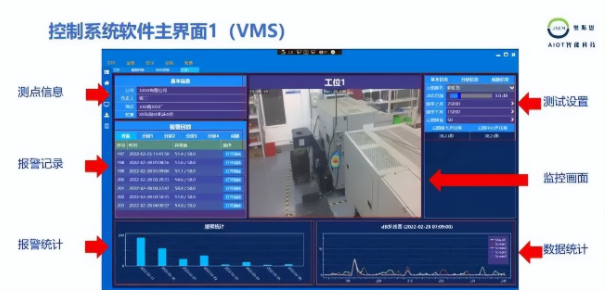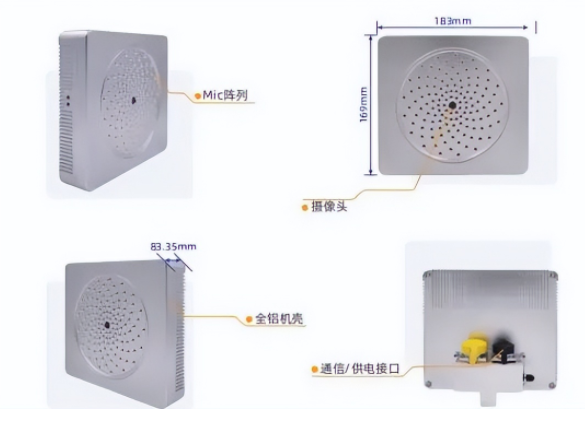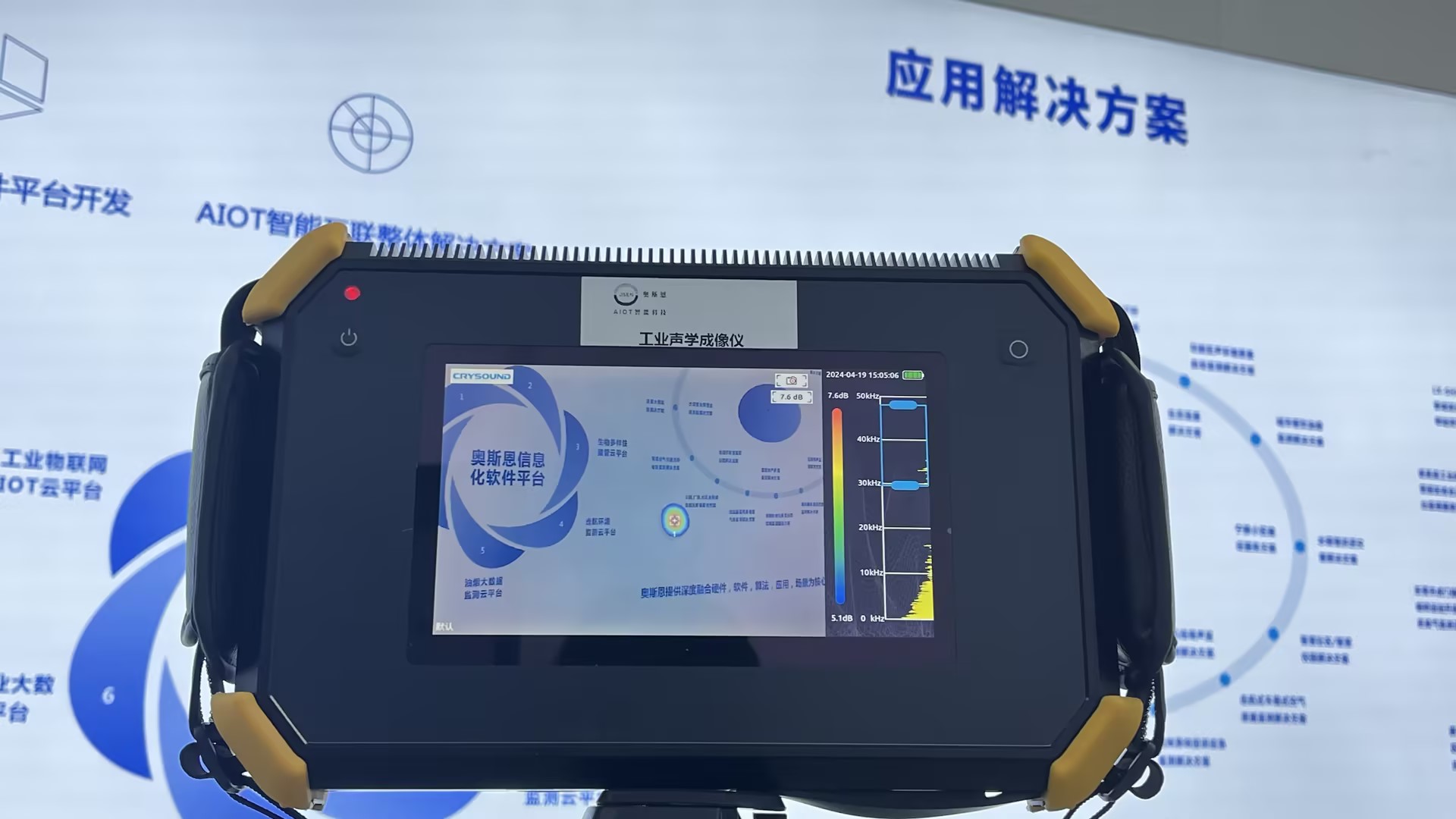Acoustic imaging instrument efficiently identifies gas leaks and improves safety response speed
2025-03-18 06:44:36
Acoustic imaging background
The sound image and the video image captured by the camera mounted on the array are stacked together in a transparent manner to form a visual analysis of the production state of the measured object. This technology, which utilizes acoustics, electronics, and information processing to transform images visible to the human eye, can help people intuitively understand the sound field, sound waves, and sound sources, and conveniently understand the parts and causes of machine equipment production. The sound image of an object (machine equipment) reflects its state.
The research on acoustic imaging began in the late 1920s. The earliest method used was the liquid surface deformation method. Subsequently, many acoustic imaging methods emerged one after another, and by the 1970s, some more mature methods had been formed, with a large number of commercialized products. Acoustic imaging methods can be divided into active acoustic imaging, scanning acoustic imaging, and acoustic holography.

Introduction to Acoustic Imager
Handheld acoustic imaging device
The handheld acoustic imaging device supports both audible and ultrasonic frequency band imaging. The instrument uses microphone array technology to collect audio data and cooperates with high-definition cameras to capture real-time images. After analyzing the array audio data using beamforming sound source localization technology, the sound source and distribution data are obtained. Then, the sound source distribution data is fused with the video image to generate a sound image cloud map, and finally the sound source dynamics are presented on the display screen. In power system operation and maintenance, it can help you quickly and accurately detect partial discharge and identify the type of partial discharge.
Main interface display

Modular acoustic imaging device
The acoustic imaging module is developed in conjunction with application scenarios such as power system inspection robots, drones, and online monitoring. It is compact in size, easy to install, supports wired data transmission, and can expand WI-FI transmission. The test data currently supports streaming transmission through RTSP/RTMP.
Equipment features
-Up to 128 MEMS Mic ultra long distance and testing accuracy
-IP56 protection level meets outdoor monitoring usage scenarios
-183mmX 169mmX 85.35mm Small size for easy installation
-Ultra wide range of 2KHz-48KHz
-The bottom comes with M5 thread and 1/4-20UNC thread for easy fixation of the gimbal
-All aluminum casing is safe and reliable

Keyword:





